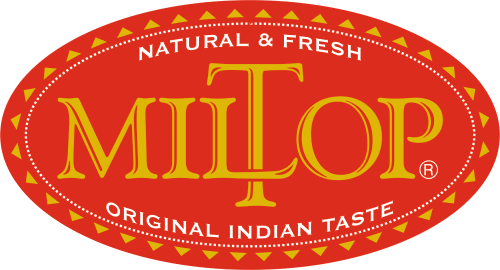Description
Wheat (Triticum spp.) is a worldwide cultivated grass from the Fertile Crescent region of the Near East. Wheat supplies much of the world’s dietary protein and food supply, as many as one in every 100 to 200 people has Celiac disease, a condition which results from an immune system response to a protein found in wheat: gluten. Within a species, wheat cultivars are further classified by wheat breeders and farmers in terms of growing season, such as winter wheat vs. spring wheat,[ by gluten content, such as hard wheat (high protein content) vs. soft wheat (high starch content), or by grain color (red, white or amber).
Major cultivated species of wheat
- Common wheat or Bread wheat — (T. aestivum) A hexaploid species that is the most widely cultivated in the world.
- Durum — (T. durum) The only tetraploid form of wheat widely used today, and the second most widely cultivated wheat.
- Einkorn — (T. monococcum) A diploid species with wild and cultivated variants. Domesticated at the same time as emmer wheat, but never reached the same importance.
- Emmer — (T. dicoccum) A tetraploid species, cultivated in ancient times but no longer in widespread use.
- Spelt — (T. spelta) Another hexaploid species cultivated in limited quantities.
Raw wheat can be powdered into flour; germinated and dried creating malt; crushed or cut into cracked wheat; parboiled (or steamed), dried, crushed and de-branned into bulgur; or processed into semolina, pasta, or roux. Wheat is a major ingredient in such foods as bread, porridge, crackers, biscuits, Muesli, pancakes, pies, pastries, cakes, cookies, muffins, rolls, doughnuts, gravy, boza (a fermented beverage), and breakfast cereals.


